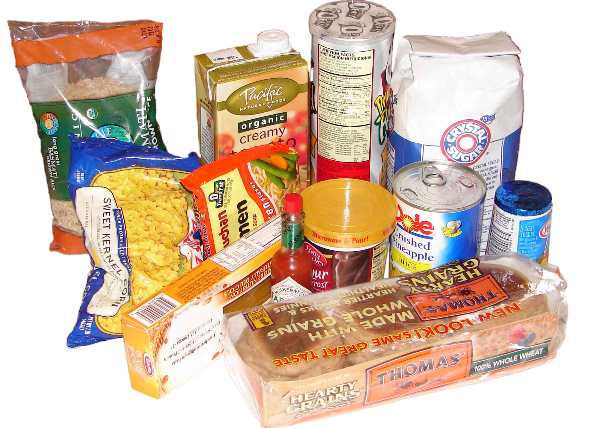Providing consumers with ingredient and nutritional information, containing the food, and shielding food products from external effects and harm are the main functions of food packaging. Food packaging aims to keep food safe, minimize environmental impact, and satisfy consumer and industrial demands while containing food in an economical manner.
SAFETY
Chemical protection reduces compositional changes brought on by exposure to
- Light
- Moisture
- Gases
among other environmental factors.
Although metal and glass offer an almost complete barrier against chemicals and other environmental agents, few packages are made entirely of these materials because closure devices are included to make filling and emptying easier.
Materials used in closure devices may permit very little permeability. For instance, gasket materials used in metal can lids to allow sealing after filling and plastic caps to facilitate closure both have some permeability to gases and vapors. Although plastic packaging has several barrier qualities, it is typically more porous than metal or glass.
Disease and spoiling are avoided by biological protection, which acts as a barrier against germs, insects, rats, and other animals. Furthermore, biological barriers keep senescence under control. These barriers work in a variety of ways, such as blocking access to the product, stopping the spread of odors, and preserving the package’s inside environment.
Physical protection, which includes cushioning against shock and vibration experienced during distribution, protects food from mechanical harm. Physical barriers are commonly used as shipping containers and as packaging for delicate items like eggs and fresh fruits because they are resistant to impacts, abrasions, and crushing damage. They are typically made of paperboard and corrugated materials. Additionally, appropriate physical packing shields customers from a number of risks. Additionally, the risk of shattered glass containers has decreased as a result of the switch to plastic packaging for items like shampoo and soda bottles.
STORAGE
The advantages of less food waste across the supply chain must be taken into account in any evaluation of the environmental impact of food packaging. Significant food waste, ranging from 25% for food grains to 50% for fruits and vegetables, has been documented in numerous nations.
CONSUMER INFORMATION
A product’s packaging is its public face and frequently the only way for customers to see it before making a purchase. Therefore, in a competitive market, unique or creative packaging might increase sales. The packaging may be made to improve the product’s reputation or set it apart from the competition. For instance, recipes may be accommodated by using larger labels. Additionally, packaging informs the customer.
For instance, product identification, nutritional value, ingredient declaration, net weight, and manufacturer information are all legally required to be included on packaging labels. Important product details like pricing, brand identification, and cooking directions are also communicated on the box. Waste disposal may be impacted by all of these improvements.
PORTABILITY
Therefore, packing is essential to reducing the amount of work required to prepare and serve food. With the help of microwaveable packaging, boil-in bags, and oven-safe pans, customers can prepare a whole meal with almost little effort. New closure designs offer unique dispensing capabilities, resealability, and simplicity of opening.
SECURITY
Special package features have been developed to lessen or completely eliminate the danger of tampering and adulteration as a result of deliberate tampering with food and pharmaceutical products. Tamper-evident features are difficult to replace, even if any package can be breached. Banding, unique membranes, breakaway closures, and unique printing on bottle liners or composite cans—such as images or text that change irrevocably when opened—are examples of tamper-evident features. Holograms that are difficult to replicate are another feature of special printing. Although tamper-evident packaging typically necessitates more packing materials, which makes disposal more difficult, the advantages usually exceed any disadvantages.
